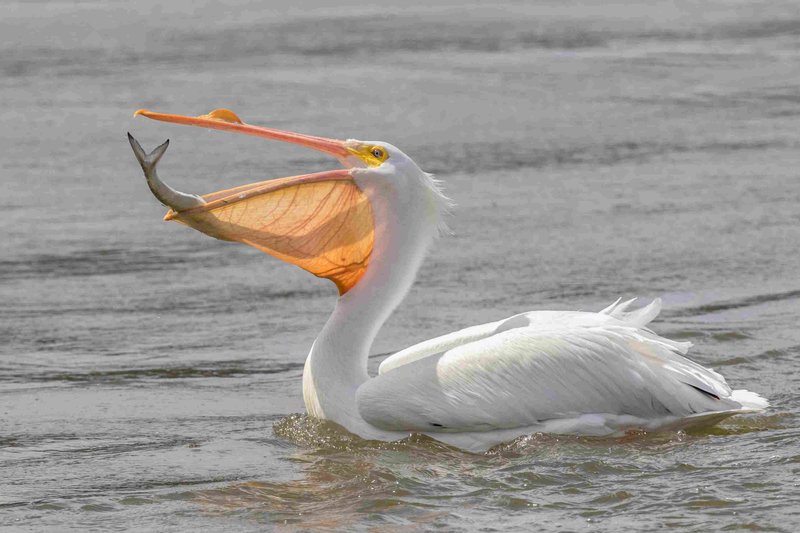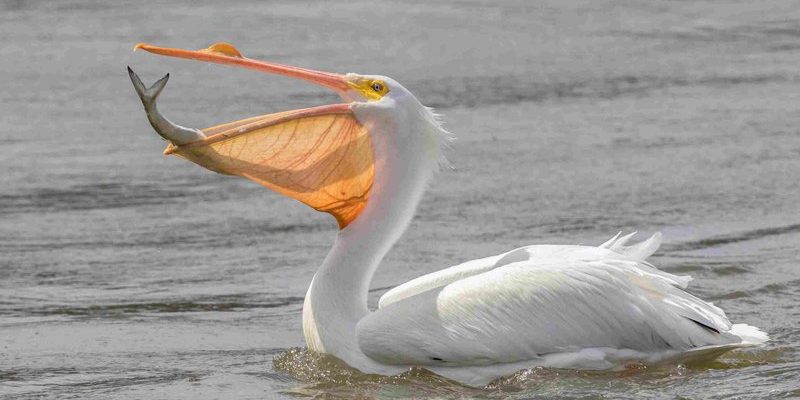
Let’s dive into the world of pelicans and explore their habitats across the globe. From sun-kissed shores to tranquil wetlands, we’ll uncover the best spots to find these amazing birds. Whether you’re an avid birdwatcher or just curious about where pelicans hang out, there’s a lot to discover. So, grab a cup of coffee, and let’s get started!
Understanding Pelican Habitats
Pelicans aren’t just beach bums; they thrive in a variety of environments. Their favorite spots typically include warm coastal areas, inland lakes, and marshes. Think of them as the ocean’s version of a local diner—always looking for a good spot to grab a meal and hang out.
These birds often prefer places where they can fish easily, which means they’re commonly found near the water. Pelicans can adapt to different climates, which is why you’ll spot them from North America all the way to Australia. The key to finding them? Look for large bodies of water, whether it’s a shimmering ocean or a serene lake.
Pelicans are social creatures, so they often congregate in colonies. This means if you find one, you’re likely to find many more nearby. They usually build their nests on islands or isolated areas of freshwater lakes to keep safe from predators. So, if you’re out and about, keep your eyes peeled for these bustling communities!
North America: Pelican Hotspots
In North America, two species dominate the pelican scene: the American white pelican and the brown pelican. The American white pelican is mainly found in the interior of the continent, while the brown pelican loves the coastal areas. So, where do you go to see them?
If you’re in the United States, consider visiting the coastal regions of California and Florida to spot the brown pelican. California’s Channel Islands are particularly famous for these birds, where they can often be seen diving for fish. Similarly, in Florida, the Everglades National Park provides a great opportunity to observe both species in action.
For those interested in the American white pelican, head towards the wetlands of the Great Lakes or the shallow lakes of North Dakota during migration seasons. You might find them gracefully gliding across the water or resting in large groups, making for a picturesque scene. Remember, these birds are migratory, so time your visit carefully for the best chance of spotting them!
Europe: Coastal Wonders
In Europe, pelicans are less common but can still be spotted with a bit of effort. The Dalmatian pelican is particularly known for its striking appearance and can be found in several countries. They prefer freshwater lakes and rivers, especially during the breeding season.
One of the best locations to see Dalmatian pelicans is Lake Kerkini in Greece. This area is a paradise for birdwatchers, offering stunning landscapes and a chance to observe these birds up close. The lake is home to a diverse range of wildlife, making it a significant ecological spot.
Another great place is the Danube Delta in Romania. This UNESCO World Heritage site provides a haven for many bird species, including pelicans. The delta’s intricate waterways and lush vegetation create the perfect atmosphere for spotting these magnificent birds as they hunt for fish or socialize in their nesting colonies.
Asia: Diverse Ecosystems
Asia is home to a couple of unique pelican species, particularly the spot-billed pelican and the pink-backed pelican. Each species has its own preferred habitats, which can range from freshwater lakes to coastal areas.
India is a fantastic destination for spotting the spot-billed pelican. Places like the Keoladeo National Park in Rajasthan are renowned for their diverse birdlife, including these pelicans. Visiting during the winter months will increase your chances, as many migratory birds come to this sanctuary.
On the other hand, if you’re in Southeast Asia, look towards the pink-backed pelican, which can often be spotted in parts of Thailand and Cambodia. The Tonle Sap Lake in Cambodia is a key area for birdwatching, where you can find pelicans and many other species thriving in the lush environment.
Africa: The Pelican’s Paradise
Africa is one of the best continents to see pelicans, particularly near its vast lakes and rivers. The great white pelican thrives in this region, often found around wetlands and salt flats.
Lake Nakuru in Kenya is a prime location, famous for its flamingos, but it is also home to a sizable population of great white pelicans. Visiting this national park not only gives you a chance to see pelicans but also offers breathtaking scenery filled with wildlife.
Additionally, the Okavango Delta in Botswana is another spectacular place for birdwatchers. This unique ecosystem provides a habitat for various wildlife, including pelicans. Boat tours give you the chance to glide through the waters and observe these birds in their natural habitat—truly an unforgettable experience!
Australia: Coastal and Inland Wonders
Australia is home to the Australian pelican, which is distinctive for its large bill and elegant gliding abilities. These birds can be found along the coasts and inland waterways, making them relatively easy to spot.
If you’re looking to see Australian pelicans, head to places like the Coorong National Park or the shores of Moreton Bay. The coastal areas are abundant with fish, which keeps these birds well-fed and happy.
Inland, you can find pelicans at places like Lake Albert in South Australia. Here, they often gather in large numbers, making for a lively scene. You might even witness their impressive fishing techniques up close—it’s quite a sight to see them diving into the water!
Tips for Watching Pelicans in the Wild
Now that you’ve got a sense of where to find pelicans, let’s talk about how to make the most of your birdwatching experience.
First off, patience is key. Whether you’re at a beach or a lake, give yourself plenty of time to watch for these birds. They may be resting or fishing, so don’t rush—enjoy the surroundings and wait for them to appear.
Using binoculars can really enhance your experience. They allow you to observe pelicans up close without disturbing them. Look for characteristic behaviors like diving, fishing, or socializing with other birds, which can be fascinating to watch.
Lastly, consider visiting during dawn or dusk. Pelicans are often more active during these times, and you’ll catch them in action. Plus, the soft light creates beautiful photography opportunities if you’re keen to capture their beauty on camera!
Spotting pelicans in their natural habitats is more than just observing birds; it’s about connecting with nature and appreciating the beauty of wildlife. With their graceful movements and social behaviors, pelicans hold a special charm that draws us into their world.
Whether you’re strolling along the coast or wandering through wetlands, remember to keep your eyes peeled. Each region offers a unique way to experience these magnificent birds, and the adventure of finding them is part of the fun. So grab your walking shoes, pack some snacks, and enjoy the thrill of pelican watching—it’s an experience you won’t forget!

